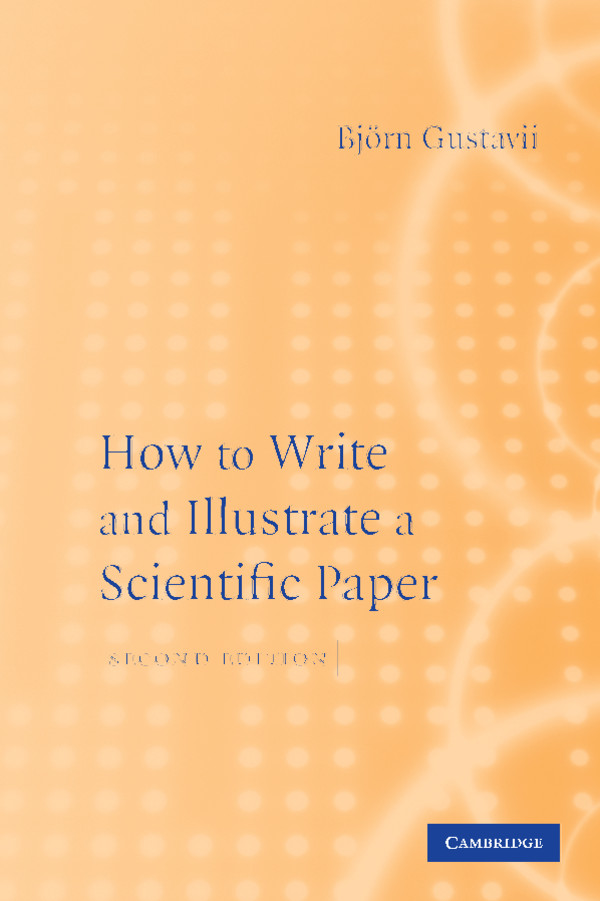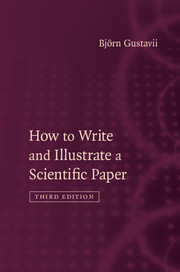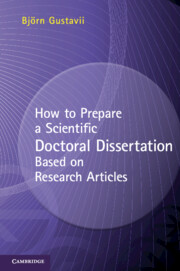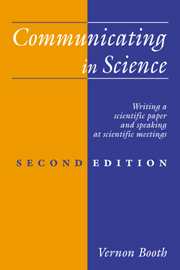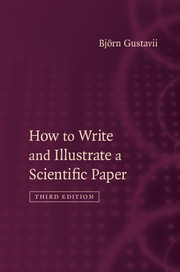How to Write and Illustrate a Scientific Paper
This second edition of How to Write and Illustrate a Scientific Paper will help both first-time writers and more experienced authors, in all biological and medical disciplines, to present their results effectively. Whilst retaining the easy-to-read and well-structured approach of the previous edition, it has been broadened to include comprehensive advice on writing compilation theses for doctoral degrees, and a detailed description of preparing case reports. Illustrations, particularly graphs, are discussed in detail, with poor examples redrawn for comparison. The reader is offered advice on how to present the paper, where and how to submit the manuscript, and finally, how to correct the proofs. Examples of both good and bad writing, selected from actual journal articles, illustrate the author's advice - which has been developed through his extensive teaching experience - in this accessible and informative guide.
- Concise and easy-to-read - full of common-sense advice, delivered with humour through the use of anecdotes
- Uses illustrations of good and bad writing from a number of well known journals such as The Lancet, JAMA and The New England Journal of Medicine
- Shows illustrative graphs taken from scientific papers, redrawn to demonstrate how they can be improved
Reviews & endorsements
'This book ranks with the best in the field. It is brief, to the point and easy to follow … useful to the author and editor … and so recommended.' Research Communications in Molecular Pathology and Pharmacology
'… short and straightforward … complete and user-friendly … for those to make their first public steps in science, Gustavii´s book is certainly very useful.' Annals of Human Biology
'… enjoyable and well written … an ideal reference book to have at hand when writing and organizing many types of scientific literature.' The British Society for Cell Biology
'This compact and very easy to read book contains valuable advice on how to take a manuscript from planning right through to publication. The chapters cover everything from writing in scientific language, through preparation of figures and the sections of a manuscript, to advice on the final stage of responding to reviewers' comments.' Ian Stansfield, University of Aberdeen
'… a very welcome learning resource… clear and concise…well structured, easy to read and well illustrated. The 2nd edition…now incorporates guidance for writing doctoral theses and case reports. … Overall a highly useful resource indeed and would highly recommend it.' The Biologist
'… an excellent textbook, a very suitable reference … enjoyable reading!' Zentralblatt fur Geologie und Palaeontologie
'Every aspiring writer should read and follow the advice in How to Write and Illustrate a Scientific Paper. Even accomplished scientific authors will add to their proficiency by going through this enjoyable volume. It is an added advantage that Björn Gustavii's mother tongue is Swedish, not English. He recounts his own difficulties in writing his first manuscripts in English and puts down simple rules to avoid pitfalls.' Acta Obstetricia et Gynecologica Scandinavica
Product details
May 2008Adobe eBook Reader
9780511389085
0 pages
0kg
This ISBN is for an eBook version which is distributed on our behalf by a third party.
Table of Contents
- 1. Basic rules of writing
- 2. Comments on scientific language
- 3. Drafting the manuscript
- 4. Choosing a journal
- 5. Preparing a graph
- 6. Drawings
- 7. Figure legends
- 8. How to design tables
- 9. Title
- 10. Authors
- 11. Abstract
- 12. Introduction
- 13. Methods
- 14. Results
- 15. Discussion
- 16. Acknowledgements
- 17. References
- 18. PhD and other doctoral theses
- 19. Letters and case reports
- 20. Numbers
- 21. Abbreviations
- 22. How to present statistical results
- 23. Typing
- 24. Dealing with editors and referees
- 25. Correcting proofs
- 26. Authors' responsibilities.

